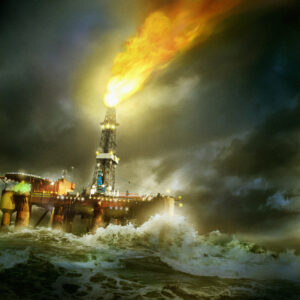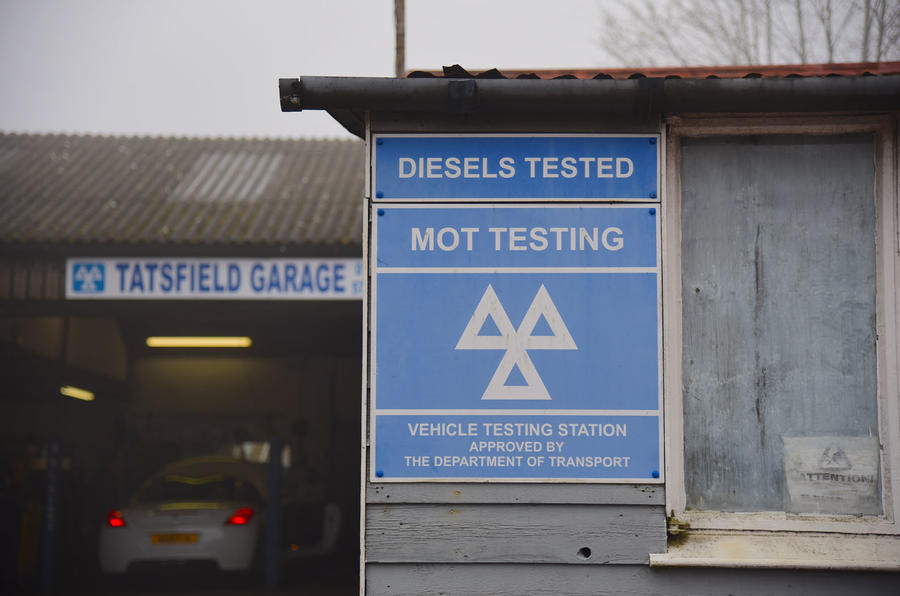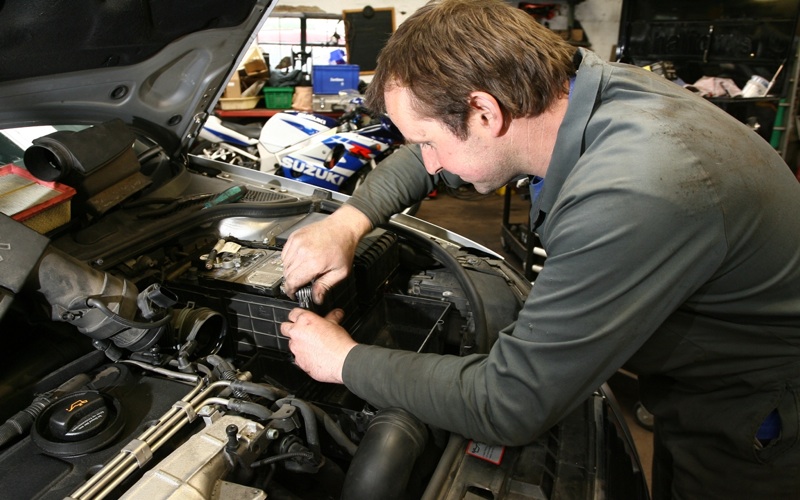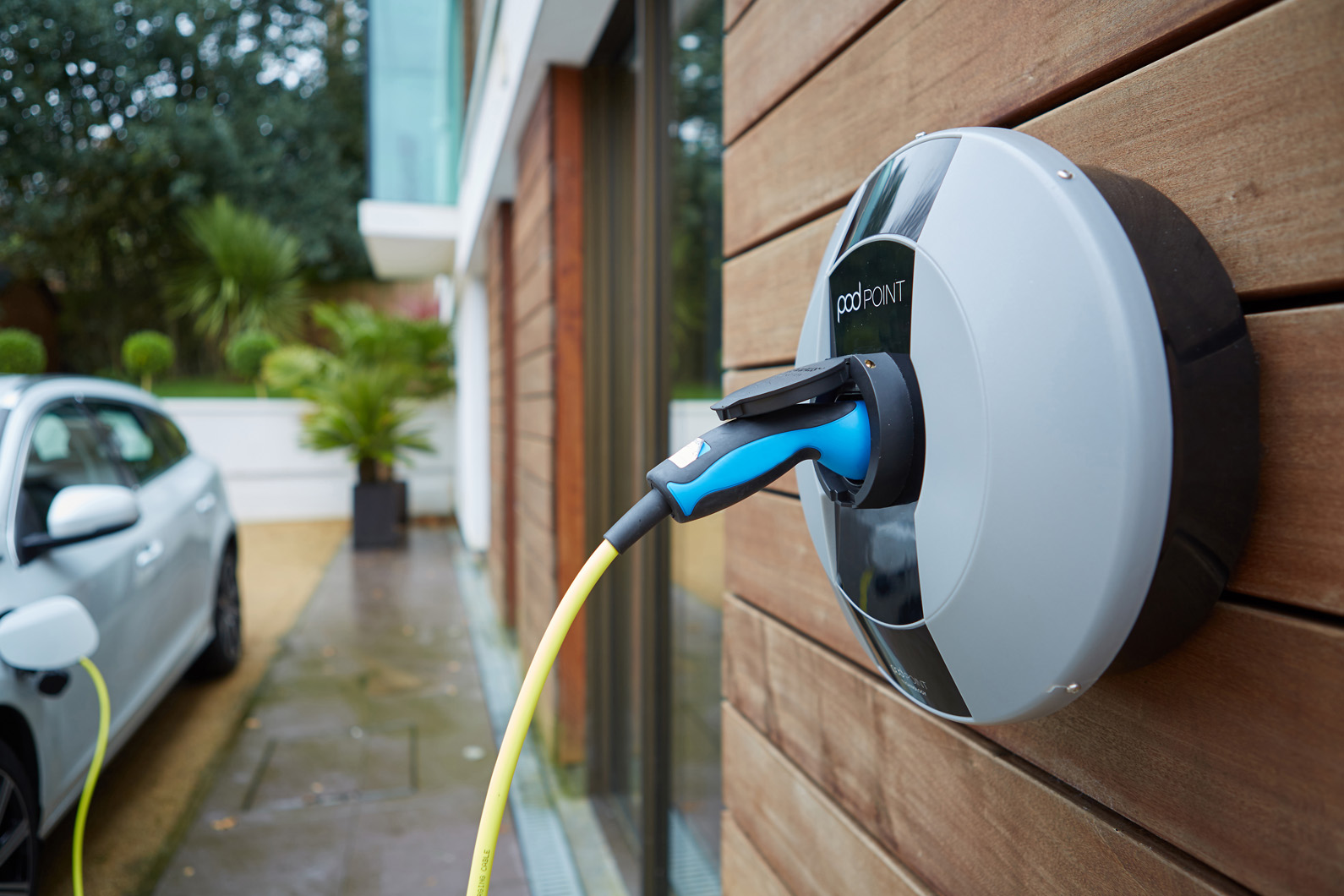By: Simon Michell is an expert in vehicle lubrication and oil technology
Catmag.co.uk exclusive article
Oil goes through quite a journey between being pumped out of the ground and before it becomes the golden liquid that stops an engine descending into a scrap metal
Let’s have a look at “upstream,” as the oil people call it – crude oil, the black stuff that comes out of the ground and then we will look at “downstream,” the Base oils that is the starting block for automotive oil.

The term ‘crude oil’ can be interchanged with the term Petroleum (not to be confused with petrol or as our friends in the USA call it, gasoline). Petroleum literally means “rock oil”. Petroleum comes from the Greek word “petra“, meaning rock, and the Latin word “oleum“, meaning oil and crude oil is the remains of organisms that lived and died millions of years ago – mainly plankton which was buried in mud.
Different names are given to crude oil, depending where in the world the oil is pumped out of the ground. We have ‘sweet’ and ‘sour’ crude oil (you do the jokes…) as well as ‘light’ and ‘heavy’ crude oil. The petroleum industry barometer is based on crude oil from three areas, West Texas Intermediate (WTI). Brent Crude and Dubai crude.
The first two, West Texas Intermediate and Brent crude from the North Sea are classed as Sweet and Light and that gives them the gold standard in crude oils. Crude oil is extracted by using Onshore or offshore oil rigs which are engineering giants. Add in the harsh environments they operate in and we have incredibly complex and potentially dangerous structures. For example, you might have heard of, or remember, the Piper Alpha disaster off the north east coast of Scotland in 1988. A massive explosion on the rig resulted in the deaths of 167 men and lead to a major overhaul of procedures on oil rigs. It is by no means the only rig to have exploded, or experienced a ‘blowout’ though, as the rewards of ‘black gold’ outweigh the high risks.
| Crude oil from around the world | ||
| Sweet | Sour | |
| Light | Brent (North Sea)
West Texas Intermediate (WTI) |
Light Sour blend (Canada)
Arabian Extra Light |
| Heavy | Cano Limon (Columbia)
Minas (Indonesia) |
Maya Heavy ( Mexico
Merey (Venezuela) |
You have to go deep to get at the dino-juice though. The average depth of an oil well is now 7,800 feet (2,377 metres) which is over a mile down into the earth’s crust. For the offshore oil rigs – add in the depth of the sea water, before the drilling can start. The deepest offshore rig in world situated in the Gulf of Mexico in 8,530 feet (2,600 metres) of seawater.
We’ll come back in a moment to how the crude oil is refined into base oil at the refinery as our next stop is to have a look at these base oils, which is where the majority of automotive oil comes from.
Approximately 80 percent of a bottle of automotive oil consists of base oil. The remainder is a package of additives such as viscosity modifiers, antioxidants and corrosion inhibitors – and a few other essential ingredients. There are four key base oil properties that the refinery works hard to achieve.
- Pour point. This measures how cold the oil can go before it will not pour.
- Viscosity. An oil’s resistance to flow. It changes with the temperature.
- Viscosity index, (VI) This measurement demonstrates how well the oil viscosity copes with hot and cold temperatures. A high-VI oil, for example, has less viscosity change with temperature, compared to a low-VI oil.
- The forth property is how effective the refining process has been in dealing with the sulphur, nitrogen and what is call aromatic compounds which are double bonds and unstable.
Back in 1992 The American Petroleum Institute (API) created a set of Base oil categories. They named them Group 1 to 5 – but decided to use Roman numerals Group I, II, III, IV, V. Three standards were set: The level of Sulphur in the base oil – a bad thing to have in base oil. Saturates was next and they are a very good thing to have in base oil.
What are Saturates? Simply put, crude oil is made up of Hydrocarbons – Hydrogen and Carbon. Saturates are naturally present in base oil but during the refining process higher levels of saturates are obtained. If the level of saturates is higher, the molecular bond of the oil is stronger. A base oil that is fully saturated is much more resistant to the bad boy in the chemistry oil world – oxidation, which causes sludge, deposits and viscosity increase. That is about the limit of the chemistry we are going to do!
Lastly API gave the groups a Viscosity Index rating, –a high VI is good. Viscosity Index (VI) is the oils relationship between viscosity and temperature. We came across VI earlier. VI is the ability of the oil to remain within a narrow range of viscosity change, either when hot or cold.
Image 2
| American Petroleum Institute (API) – Base oil categories | ||||
| Saturates | Sulphur | Viscosity Index | ||
| I | Less than 90% | Greater than 0.03% | 80 to 119 | Solvent processing – High in sulphur |
| II | Greater than 90% | Less than 0.03% | 80 to 119 | Hydrotreating |
| III | Greater than 90% | Less than 0.03% | Great than 120 | Severely hydrocracked |
| IV | n/a | n/a | n/a | Poly-alpha-olefin (PAO) |
| V | All other Base Stocks which are not covered in Group I to IV – Polyglycols, PAG, Esters, Silicons, etc | |||
Starting with Group I oil – This oil really is a bit on the basic side. It has some industrial and marine applications. Demand for Group I oils is declining. Group II base oil was introduced in the late 1970s and early 1980s. The oil is hydrotreated. Hydrogen is added to help clean up and purify the base oil. Group III base oil is where the action is, from an automotive standpoint. Modern Group III base oil has 99% Saturates –a very good thing! The base oil is clear and colourless and it has excellent oxidative stability and high VI.
The key process to Group III base oil is the term Severely Hydrocracked. It is the elder brother to Group II – but on steroids! – It takes oil refining to a completely new level of purity.
Hydrocracked – Cracking is breaking apart and Hydro is adding hydrogen. The process converts the bad molecules into the good molecules, by breaking bonds and adding hydrogen. The severity of the hydrocracking is the determining factor of the how close the base oil gets to 100 percent saturates level.
Let’s us go back to the oil refinery and take a closer look at hydrocracking. The crude oil from the oil well is desalted and the water is removed – After all it’s come from miles down in the earth’s crust, it’s bound to be a bit wet and salty.
The refining process starts with atmospheric distillation – a process similar to whisky distillation– but without (for those aficionados who like a dram) the aroma and taste. The lighter oil molecules are diverted off to make petrol, diesel and jet fuel etc and the heavier molecules are pushed into stage two – Vacuum Distillation for another go at separating out the fractions of the crude oil.
The next stage for Group III base oil is hydrocracking. The oil gets hit with a big dose of hydrogen under intense pressure of 3,000 PSI and heat up to 420 degrees centigrade, in the presence of a catalyst, saturating the aromatic compounds with hydrogen, which improves their stability. That kind of pressure requires some serious engineering. The walls of the hydrocracker are a foot (30cm) thick!
The hydrocracker converts the sulphur into hydrogen sulphide gas and nitrogen into ammonia. A product called a waxy base oil is produced. The oil contains more than 90 percent saturated compounds. The final stage is to get the saturation level up to 99 percent.
Next stop is a dewaxer – called hydro-isomerization. The waxy base oil is converted into what is called Isoparaffins. Finally there is a very high-pressure finishing step in which the final few percent of residual aromatic compounds are saturated to form very pure, high quality, synthetic, Group III base oil.
Which leads onto an interesting story: In the USA in 1999 the National Advertising Division (NAD) in response to a complaint from Mobil, ruled that Castrol Syntec, which was based on a Group III base oil, could be considered ‘synthetic’ because modern oils made using Severe Hydrocracking and Hydro-isomerization have most of the same performance features of a “true” Synthetic, being traditionally Group IV
In light of this ruling, Group III base oil can be called Synthetic. Because it was deemed that the molecular structure was changed beyond recognition from what came out of the ground.
But not in Germany. If you go onto www.valvoline.eu you can download the Valvoline SynPower specification sheets – Clearly stating “Fully Synthetic”. However the German version states HC Synthesetechnologie. ‘Hydrocracked Synthetic technology’.
Group III also includes Gas to Liquid base oil (GTL). This is very different technology. GTL oil starts life as natural gas and through an expensive and complex process it arrives as Group III base oil. The first large scale GTL plant – the Pearl GTL plant opened in Qatar in 2011. The GTL process was developed in the 1920s by the German chemists Franz Fischer and Hans Tropsch.
Group IV are Polyalphaolefin (PAO) oils. This was the oil technology that caused the row between the two major oil companies in 1999. We can view this oil as being built in a laboratory, through a process called synthesizing. PAO oil does have excellent high and low temperature performance, with a price to match!
Group V covers all other Base Stocks which are not covered in Group I to IV – Polyglycols (PAG) Esters, Silicons, etc. In the automotive business we come across PAG oil in compressors and Brake Fluid. (DOT 5.1 stands for US Department of Transport)
Now we know the story of crude oil, base oil and legal wrangling – Maybe we should look beyond the manufacturing to the oil performance. The major car manufacturers, after extensive and exhaustive testing are happy to give high quality Group III synthetic oil their stamp of approval – when allied to the carefully selected and balanced additive pack.
As for what the key benefits of Group III Synthetic oils are – the wish list has come true. Excellent heat removing properties. Able to handle high temperatures and very low temperatures. It has a high Viscosity Index (VI). Low volatility, so it doesn’t evaporate so readily and is oxidative and thermal stability. New and future grades 0W-20, 0W-16, 0W-8 viscosity all require fully synthetic engine oil.
How do you compare the quality of one oil against another? Frankly with difficulty. It’s like comparing different brands of cola. The cola brands keep their recipes very close to their chest. Oil companies are similar. The price is the first indicator. You do get what you pay for with engine oil.
Do the specifications sheets give us the information we seek? They will give us a good indication. If it states full synthetic, we can assume it is Group III hydrocracked. If the oil is Group III Gas to Liquid (GTL) or Group IV Polyalphaolefin (PAO) the sheet is likely to state as such.
The manufacturer specifications are always worth a scrutiny. The last CAT magazine oil article (linked below) was all about making sense of oil manufacturer oil specifications.
READ: WHO KNEW OIL COULD BE SO STRAIGHTFORWARD?
The oil company look up sites do work well to match the correct oil to a car – for example, the Valvoline site, here:
READ: VALVOLINE OIL CHECKER (EXTERNAL SITE)
The Viscosity Index number is worth looking for on a specification sheet. The higher the number the better (within a reasonable top end range and balanced against the price). Add all this information into your own reassurance research of your trust in the brand and come to your own conclusions.











Go to comments